|
By Al Players: 1 Platforms: Nintendo Switch, XBox, PlayStation 4, PlayStation 5, PC There are times when I feel that half of the upcoming game releases are all roguelites, and it's into this rather crowded seen that The Land Beneath Us enters. I don't want to sound too negative though, as there seems to be quite a bit that makes this one stand out a bit among the crowd. We'll get to what makes it unique in a bit, but what matters now is that it's currently available on all major platforms, and we're going to be taking a look at the Nintendo Switch version today. There's going to be a lot to discuss here, so let's get right into it! The Land Beneath Us places you in the role of Sven, a Universal Soul Harvester who is fitted out with "soul technology". It's your to explore The Underworld and collect souls that allow you to become stronger. The Underworld is a post-apocalyptic looking place known as Annwn, and its ruler seems to be out to stop those who are guiding Sven. You actually meet Annwn's ruler, named Arawn by the way, early on, but that meeting is only the tip of the iceberg when it comes to what's going on plot-wise. I'd be lying if I said that I fully understood The Land Beneath Us' story, but I can say that it's apparently based on Welsh mythology. Admittedly I only know that from press releases, and there isn't much mention of it in-game or in its eShop description. The plot is a bit all over the place, and it takes quite a while to make heads or tails of the situation. It's not just that it takes a while either, but getting more story bits usually comes with clearing sections of The Underworld. Being that this is a roguelite, it can take several runs before progress is made. I unfortunately started my playthrough with several bad ones, and it took hours before I got another noteworthy cutscene. By then I'd already forgotten what the sock puppet told me in the intro (yes, there's a sock puppet in the intro), and the confusion just kept piling up. All that aside, I did like that the game attempted to tell a detailed story in a game like this. I never felt like I truly understood exactly what was happening, but I did want to see where things would go next. It may seem odd that I'm praising a story that I was barely able to get into, but I couldn't help but be drawn in. I just wish that a story as rich as this one was probably given to something like a straight RPG instead. Anyway, let's move on from what this game isn't, and talk about what it is. Even though there's a lot of action in The Land Beneath Us, it comes in a turn-based format. Turn-based roguelites are quite common, but there's several things here that keep it unique. Let's begin by looking at movement. Movement is limited to just four directions, so there's no need to worry about diagonal attacks. Sven can equip up to four weapons at a time, but each are attached to a specific direction. This means that moving up may fire a gun, moving down may swing a sword, moving left a spear, and so on. I say simply "moving" instead of "attacking" because attacking is performed simply by moving in a direction where an enemy is in attack range. This means that you may find yourself attacking instead of moving if you've misjudged where enemies are. That might sound like an easy trap to avoid, but weapons like guns and spears can attack from several spaces away. Then there's the later addition of combo abilities that require a series of movements to be made before you can use them. These too can be triggered accidentally. Moving isn't just a simple matter of attacking or dodging enemies either, as there are several obstacles scattered about each room. Some of these obstacles block your way permanently, while others can be cleared if you strike them. You can also press a button to skip your turn if you don't want to move. What I'm trying to emphasize here is that movement is truly the key to understand The Land Beneath Us' gameplay. Simply running around blindly is the quickest way to end any run, as barriers, enemies, and accidentally setting off a combo skill, can really kill your momentum if you're not careful. It's best to always think out all your moves before you make them, even when it's something as simple as trying to move to another side of the current room. I don't think I've ever played a roguelite that placed so much emphasis on movement, but I will admit that it was a welcome change to the standard formula. It's not just movement that makes up the gameplay of course, as the various upgrades you get in each run are just as important to discuss. Each room you clear will usually have several exits that show what your next room could be. You could go for a weapon, a relic, a bonus room, a shop, or even an event. Boss exits exist too, but we'll get to those in a bit. Weapons are pretty self-explanatory beyond the directional attack thing, but you can also upgrade most weapons by picking up multiples of them in subsequent rooms. The wide variety of weapons means that there is something to suit most play styles. There are short and long range weapons, and weapons that even cause you to switch places with whatever it is that you're attacking. I personally gravitated towards spears, but I do like the versatility of guns in this game too. Relics give you stat boosts and other bonuses, and can also be upgraded over the course of the run by a specific NPC. This NPC usually appears before a boss encounter, with some relics not being able to be upgraded further. Unlike weapons, relics come in different rarities. Higher rarity usually means that the skill or bonus attached is much greater, but some of the common ones are helpful too. You're only able to equip a small number of relics at first, but you can unlock the ability to equip more over time. Shops also exist in the game, and essentially take away the mystery of opening up random chests. I compare those two actions because you actually use money to open chests as well. I found that to be an odd mechanic, but got used to it after a while. Since chests use money too, I never bothered with shops unless I had a huge surplus of money. They are there if you need them though I guess. There are also other rooms like a blacksmith, a healer, and a shop that takes life instead of money, but most of rooms simply have enemies and whatever pick-up you chose to get when you entered. Combat is what you're going to be doing the most of in The Land Beneath Us, so let's focus on that for a bit. Standard enemies usually aren't much of a problem, but Sven can easily be taken out if he's cornered by several at once. Enemies of all types will telegraph where their next move/attack will be, and it's best to be nowhere near that area on your next turn. The problem with this system is that you can often be boxed in already without realizing it. Automatic attacks to an enemy in range, or accidentally setting off a combo skill, will probably cause about half of the damage you take in game. You may be wondering why that is, but attacking will always take precedence over movement, and attacking could very easily leave you open for whatever attack you were hoping to avoid. I actually found combo skills to be extremely annoying and wished that they weren't in the game at all. I rarely managed to perform them when I needed them, and they more often than not got me stuck in some bad situations. All of this is multiplied times ten when it comes to boss encounters, as their attacks often follow you for several turns, or they affect an entire area at once. Bosses also usually summon weaker monsters, making the whole accidentally hitting things problem become more intense. Since healing is very hard to do in-game (with one of the movement skills being the only consistent way to do so), a single hit can affect your entire run. Even though the point of roguelites is to slowly get stronger over time with permanent upgrades, I found the gameplay loop to be rather annoying thanks to the heavy focus on movement. There are several upgrades to get, and you can build up Sven in several categories. My advice is to avoid anything that has to do with combo abilities, but that's probably just me. The problem with these upgrades has to be the high cost of getting anything good. Most random runs felt like busywork, and dying partway through because of bad movement or RNG is enough to drive anyone crazy. The game also encourages players to try out different builds, but there are some relics and weapons that seemed purposely weaker than others. I don't know how else to say it, but there were times when The Land Beneath Us felt like a game still in Early Access. By that I meant that it felt like the developers were still working out the kinks in gameplay balance and the repetitive nature of the core gameplay loop. Speaking of balance, the difficulty seems to be all over the place too. Standard enemies seem to get more powerful out of nowhere, and the mid-level bosses can be so drastically different in difficulty that getting one over another is usually cause to throw in the towel early. I don't want to make it sound like the game is fundamentally broken or anything like that, it just seems like it needed more testing and work in order to make it feel fully enjoyable. My misgivings about the gameplay continues on when it comes to the game's presentation, as I found myself to be rather indifferent to both the graphics and music in The Land Beneath Us. The game features pixel graphics with 3D environments, with lots of detail to be had in both. I actually think that the character designs and models are very cool, but most everything else comes off feeling rather bland. There are some areas outside of the Underworld that I liked, but the dungeons themselves take a long time to show any variety. I played for hours and hours on end before I saw anything that wasn't a hellish landscape, and I couldn't help but feel more than a little bored having to clear the same opening rooms over and over again. I can at least say that the game runs very well on the Nintendo Switch, but there was never anything about the visuals that stood out to me. I have mostly similar things to say when it comes the game's sound design too, as it mostly existed inoffensively in the background. The music isn't bad by any means, but it also doesn't do a good job of immersing players into the otherwise interesting world. There wasn't a single track that stuck out to me during my time with the game, and I actually had to boot it up again to re-affirm my thoughts. The Land Beneath Us is also something of a silent experience, as there isn't anything by way of voice acting. I know this is an indie release, but voice acting would've gone a long way to lift up the game's presentation. If there's one thing that The Land Beneath Us has going for it, it has to be its replayability. There is a lot of variety to be found here, and the sheer amount of playable builds is most likely endless. Even though I personally found the gameplay loop to be a bit too repetitive for my liking, I have to admit that players have a variety of ways to tackle the game's many challenges. Speaking of which, there are several in-game achievements that offer bonuses that detailed players can work towards. Also, since those permanent upgrades are on the expensive side, you really have to focus on what works best for you. If I ever end up restarting the game for the sake of better story clarity, I definitely will try my hand at picking different weapons, relics, and upgrade. All this content, and the game feels extremely well-priced too. Coming in at just $14.99, it almost feels criminally low for the amount of content one gets. I can't really complain about a low price of course, though that does mean the barrier of entry is rather low. Even though I don't see myself playing it too much once I'm done with this review, I still think that The Land Beneath Us is a must-buy for fans of the roguelite genre. It adds in a lot of unique elements, and tweaks the ones that it reuses. I had a lot of fun here most of the time, even though the game occasionally wore out its welcome. Casual players may find it a bit harder to get into, but the curious can still pick it up without much issue thanks to its low price. Now if you'll excuse me, I'm going to see my way out by walking in a very odd pattern... Check Out The Land Beneath Us on Nintendo Switch: https://www.nintendo.com/us/store/products/the-land-beneath-us-switch/ Story: B+ Gameplay: B Graphics: B Music/Sound: B Value: A Overall: B+ Pros: + A unique take on the roguelite genre. + Even though I wasn't able to follow the story as well as I would've liked, the game does feature an interesting plot that is apparently based on Welsh mythology. + There is an insane amount of customization available to the player, with equipment suited to just about any play style. + Though there isn't a lot of variety in the game's visuals early on, the graphics and character designs are rather impressive for the most part. + Boss encounters can be fun, and there's a big feeling of accomplishment when besting them. + It's low price means that even those only casually interested can pick it up without much worry. Cons: - The movement based combo abilities never seem to work when you need them, and only ever threw off my gameplay. - There isn't a lot of variety in enemies and dungeon locations until quite a bit into the game. - Sound and visuals leave a lot to be desired, and the lack of voice acting really hurts the overall presentation. - While the game is highly replayable due to the sheer variety of builds, and amount of content, the gameplay issues will probably be too much for some. - The difficulty balance seems off at times, with RNG being the biggest tell if a particular run will be successful or not. A copy of this game was provided to us free-of-charge by the publisher for the purpose of this review. This did not affect our review in any way. |
Search
Contributors◆ Angie
◆ Emily ◆ J.D. ◆ Janette ◆ JT ◆ Manuel ◆ Nestor ◆ Rose ◆ Sylvia ◆ Teepu ◆ Tiffany ◆ Winfield Archives
March 2025
|
© 2014-2025 A-to-J Connections. All Rights Reserved.

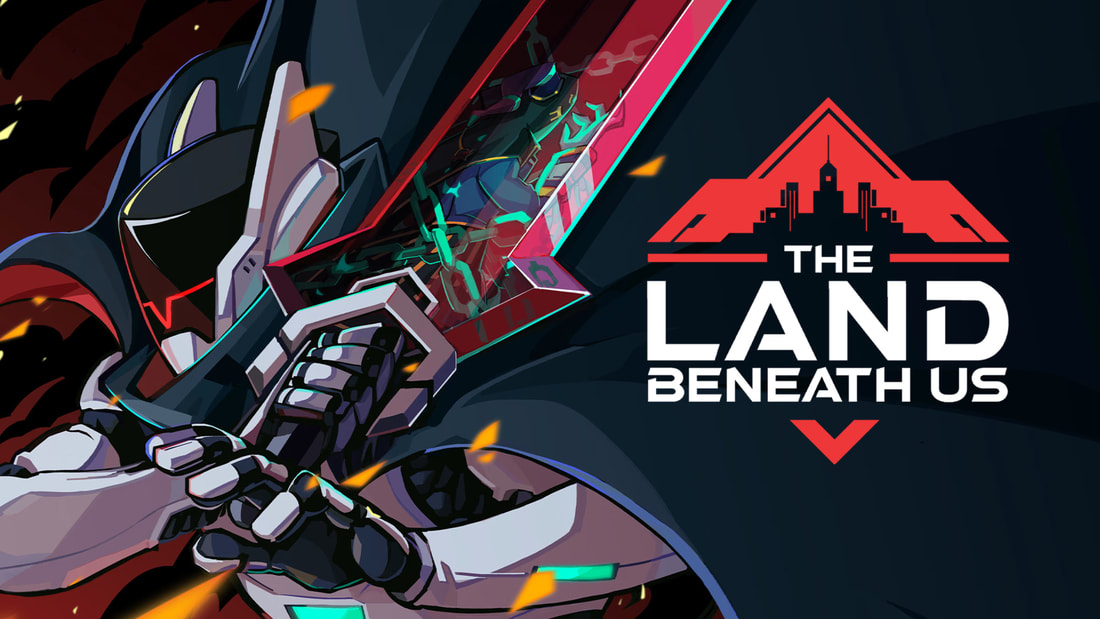
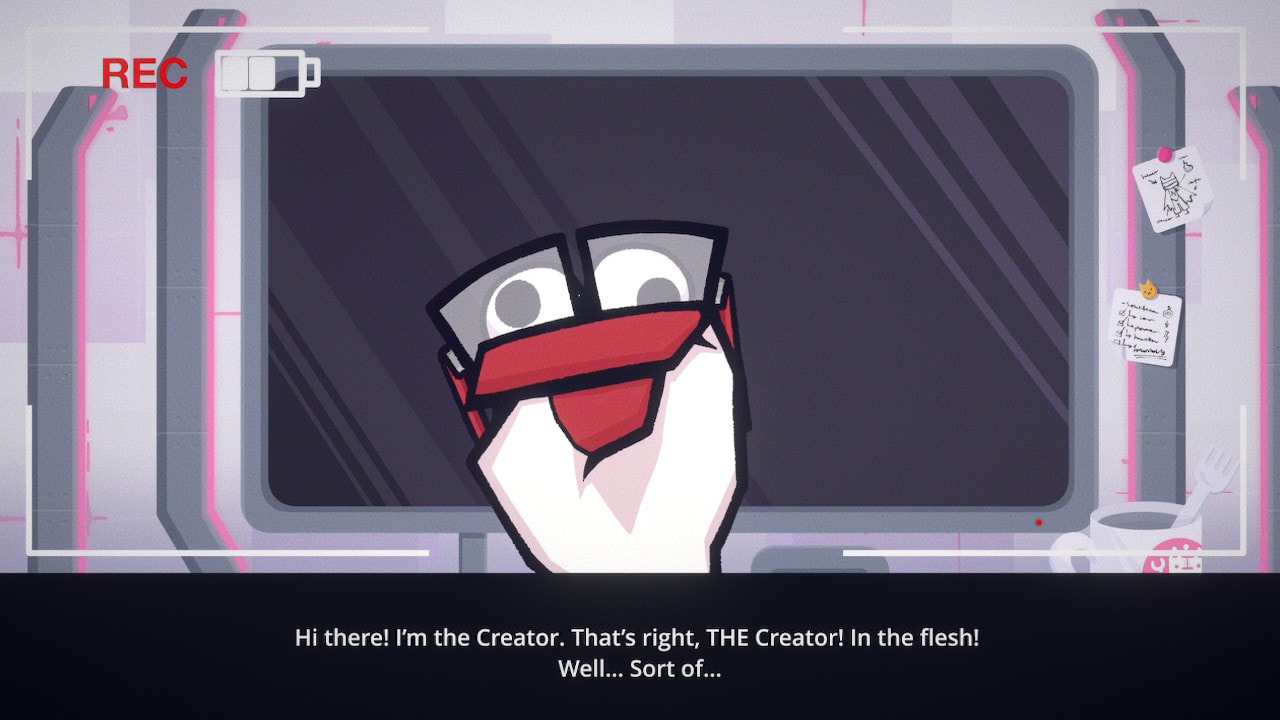
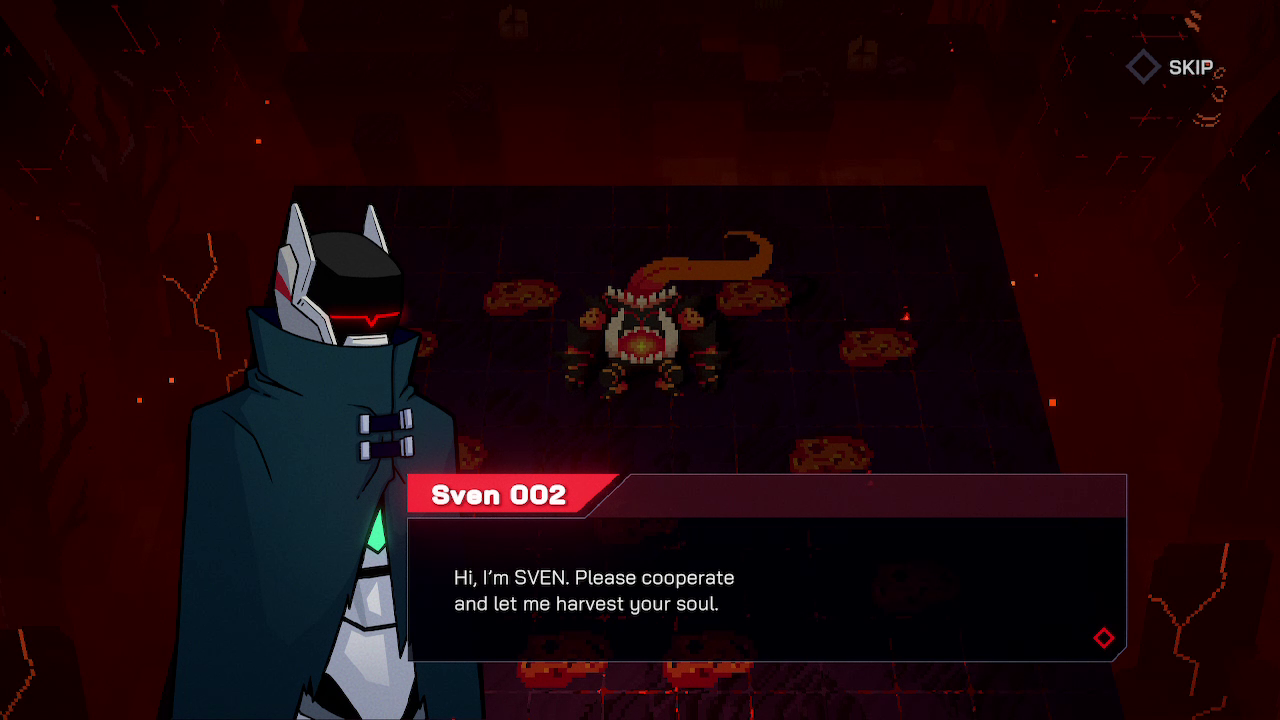
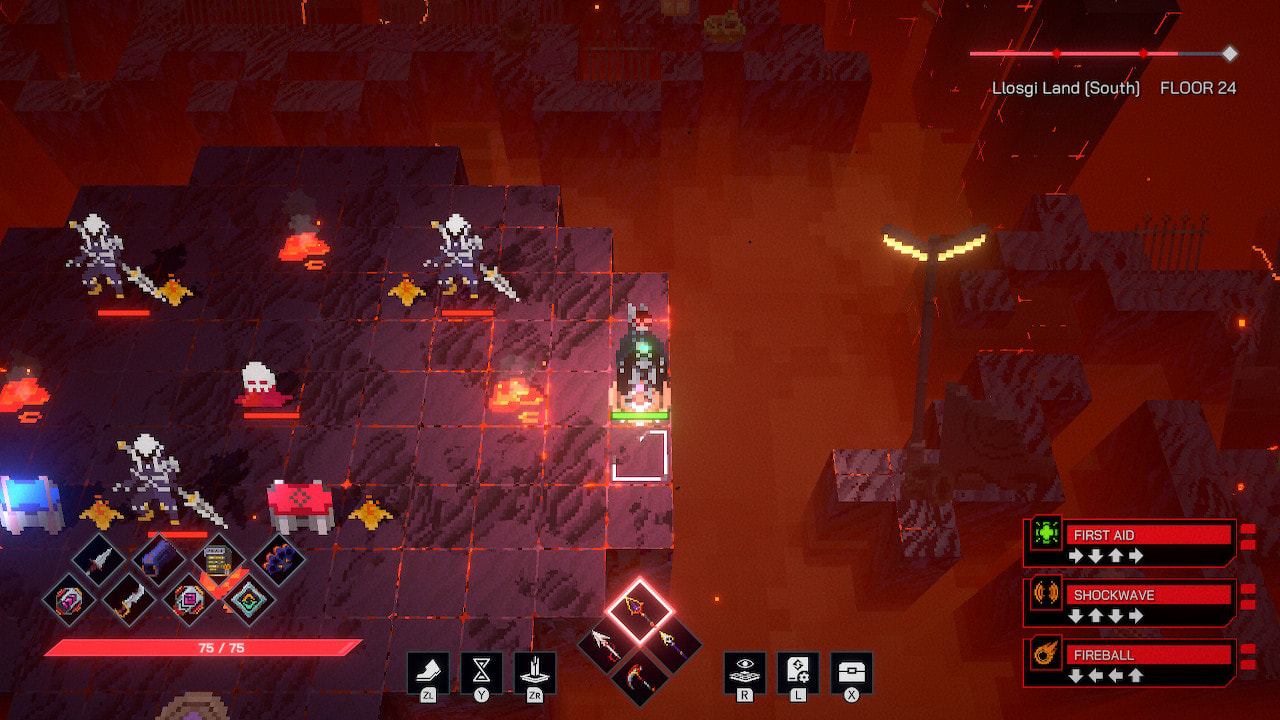
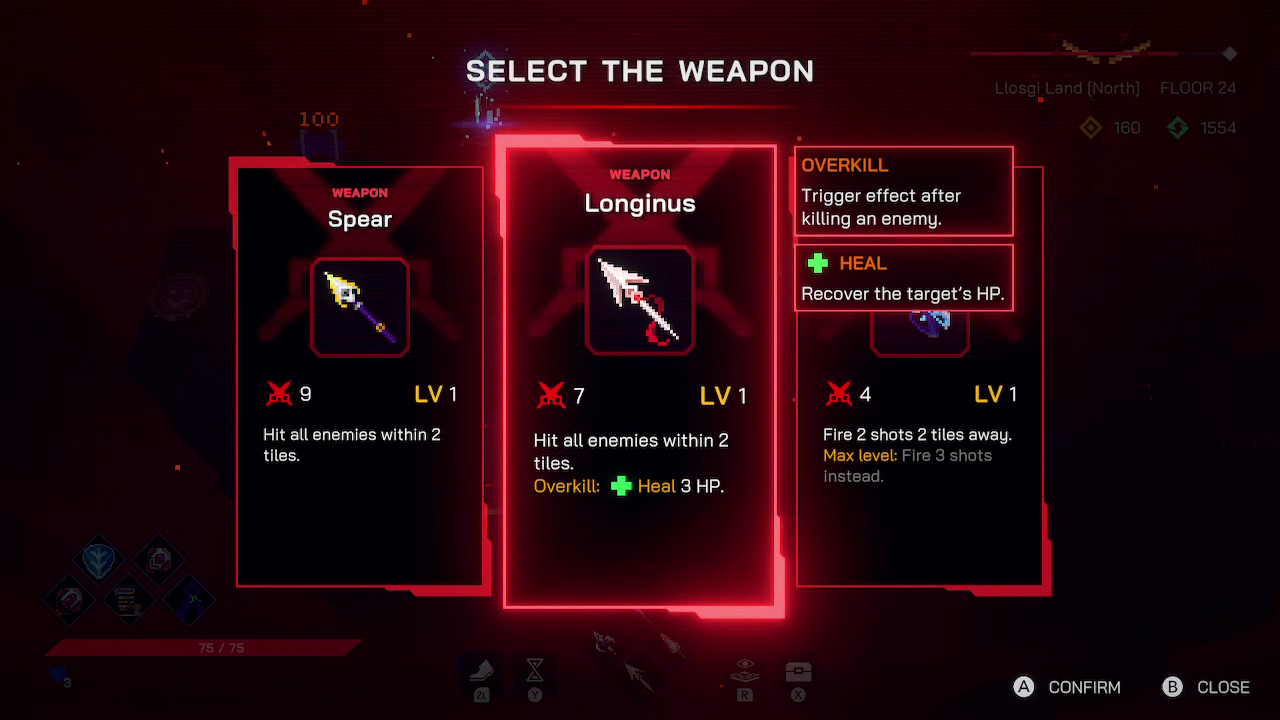
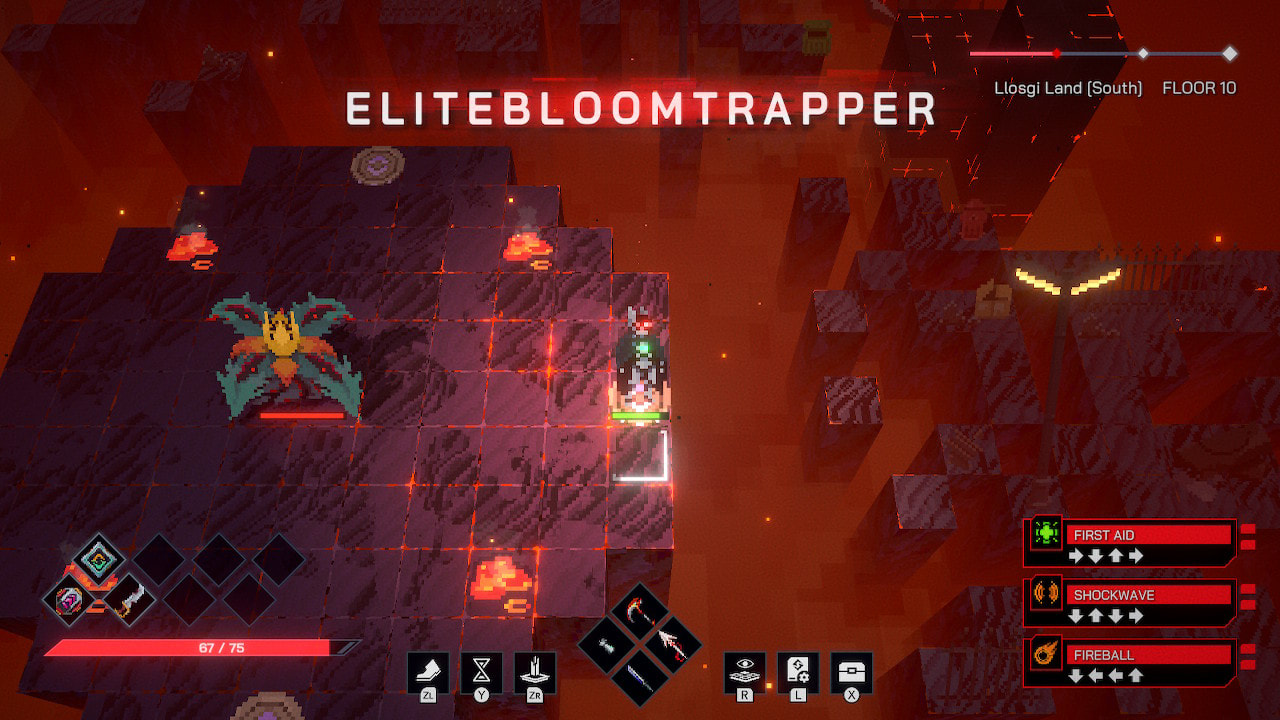
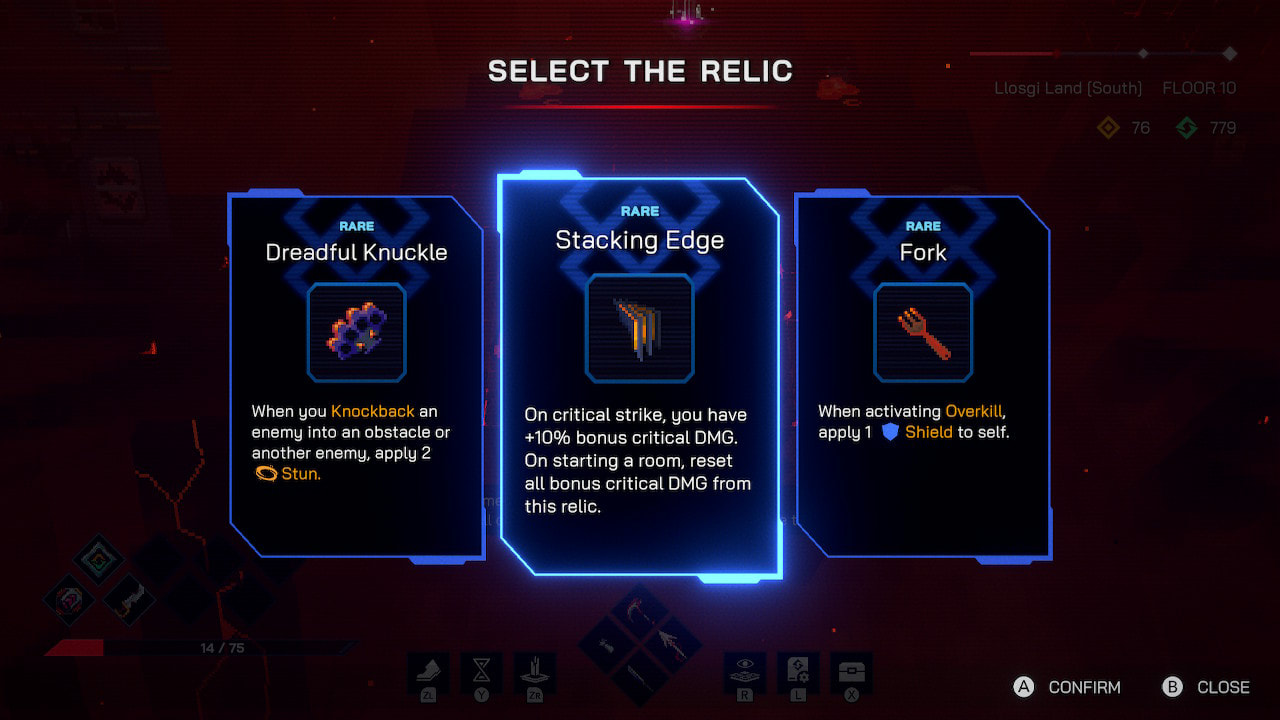
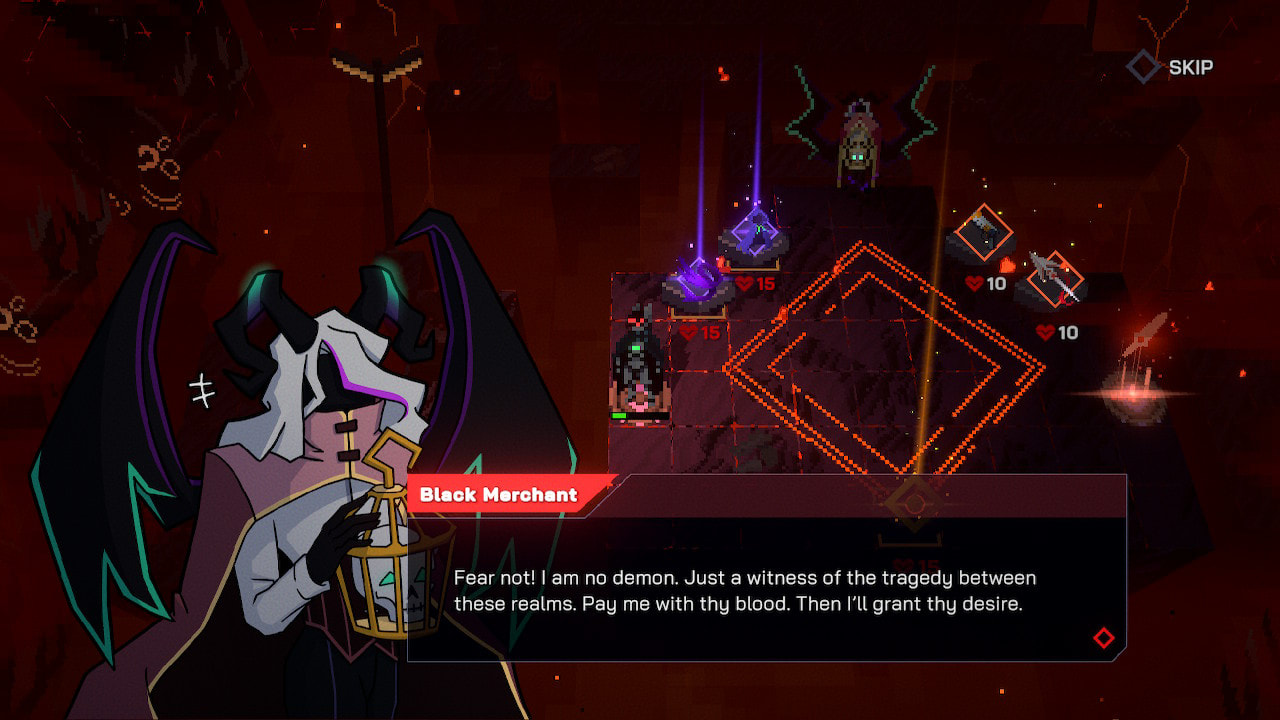
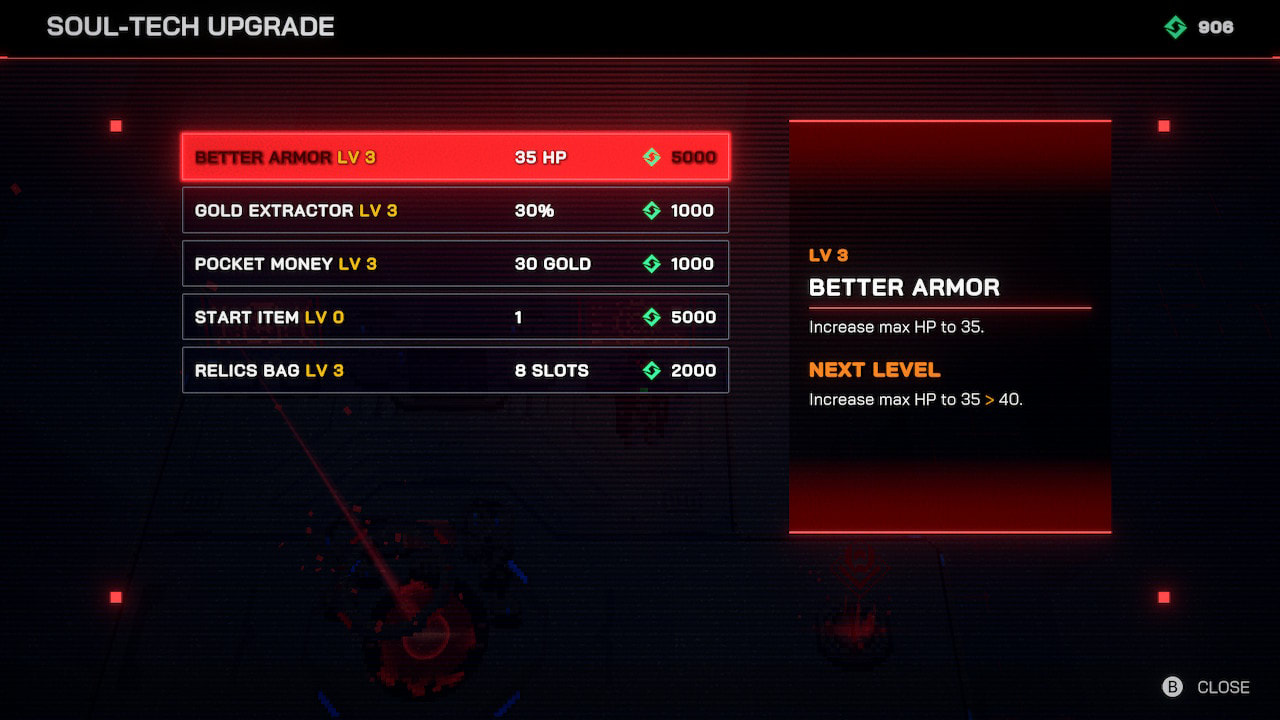
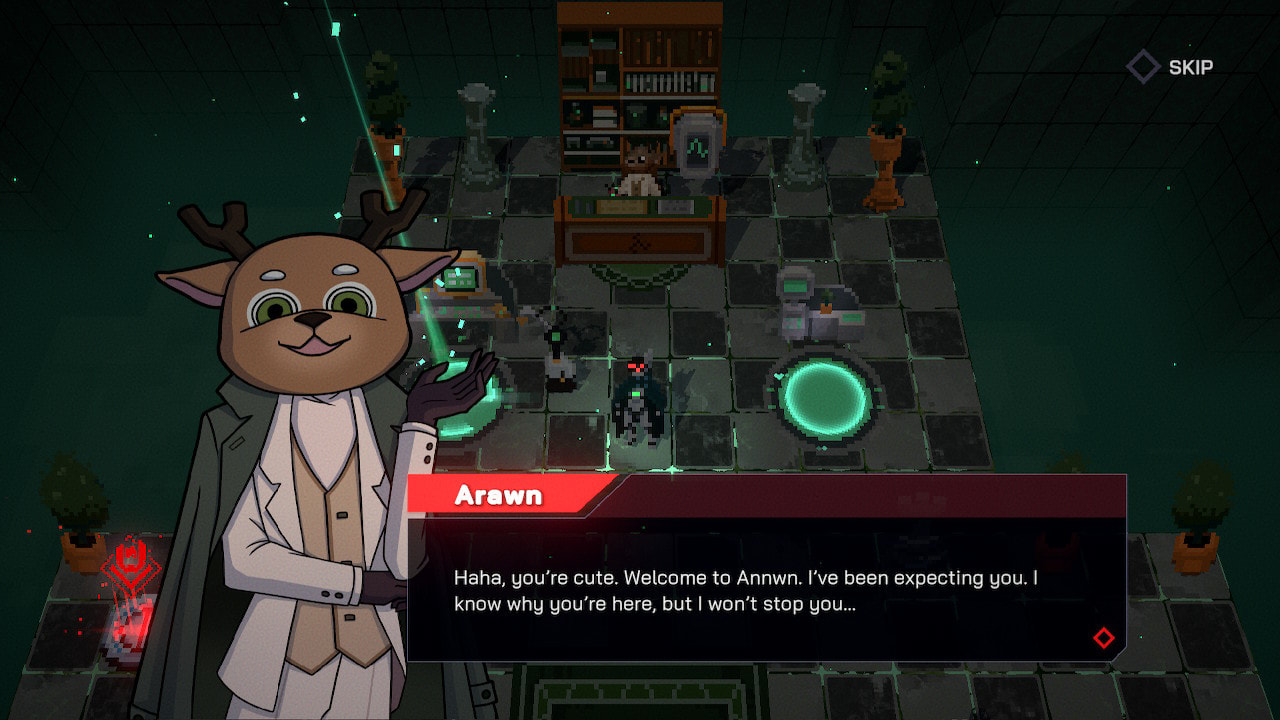
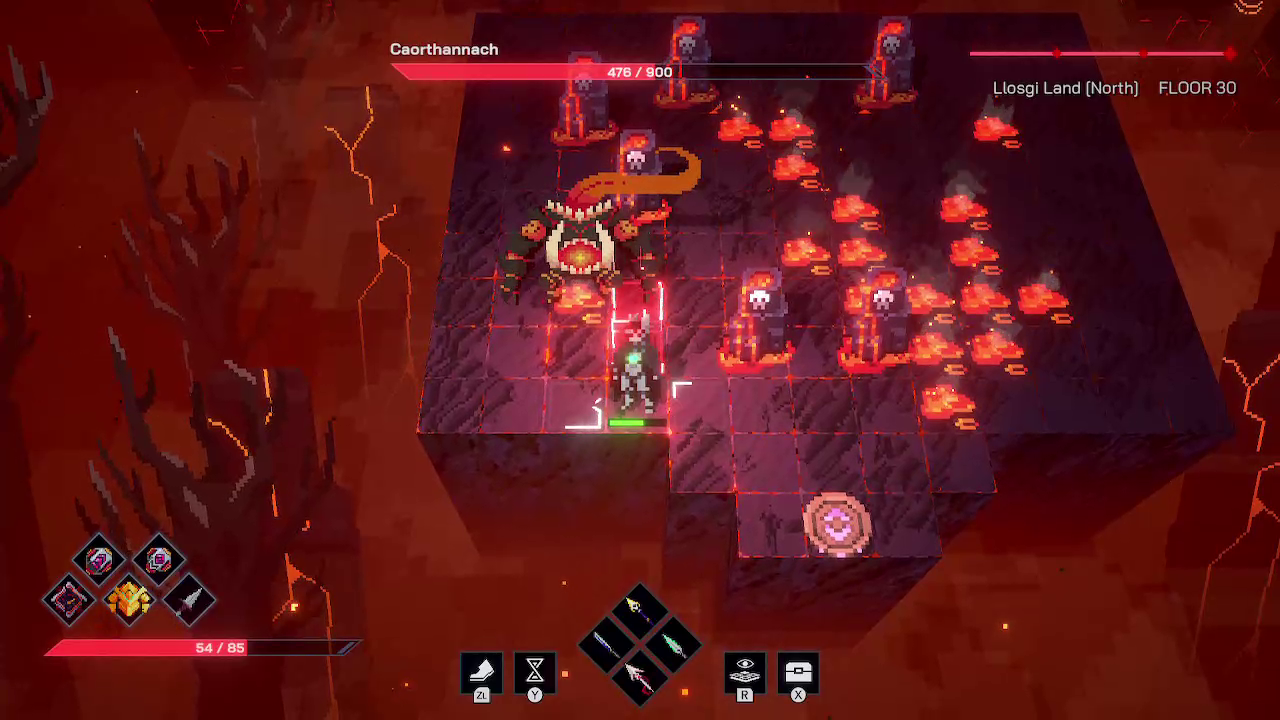
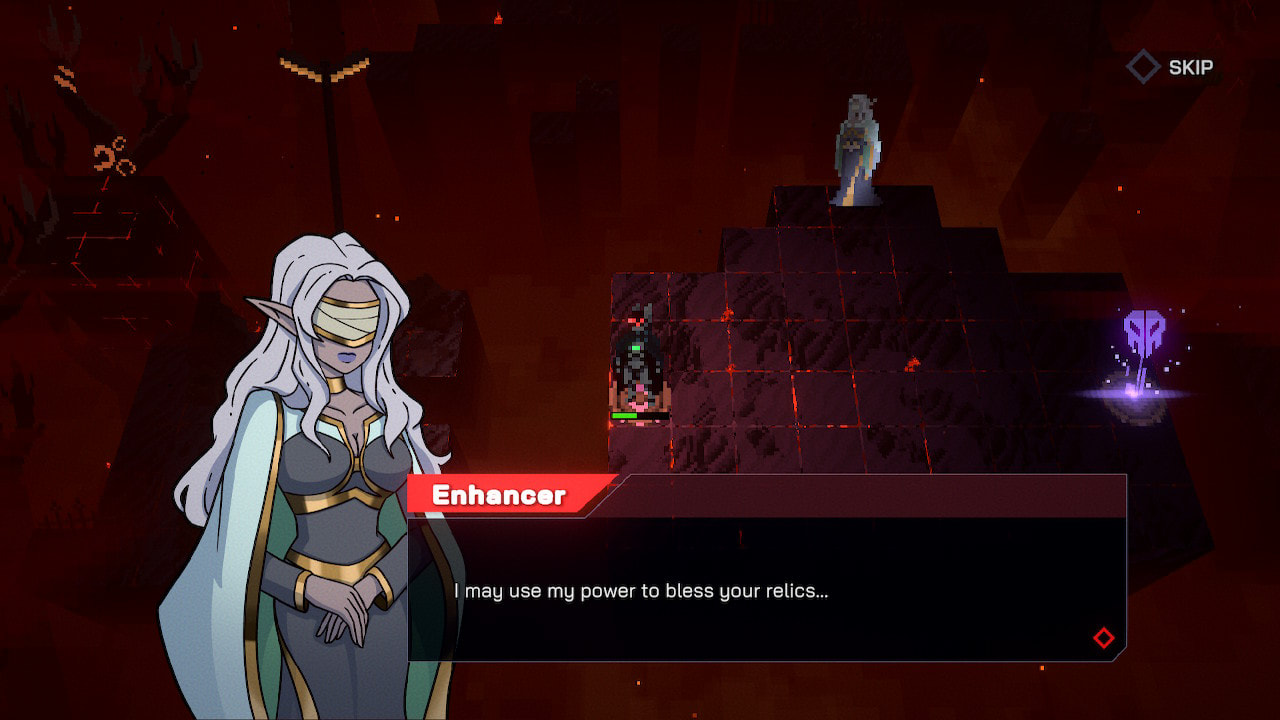
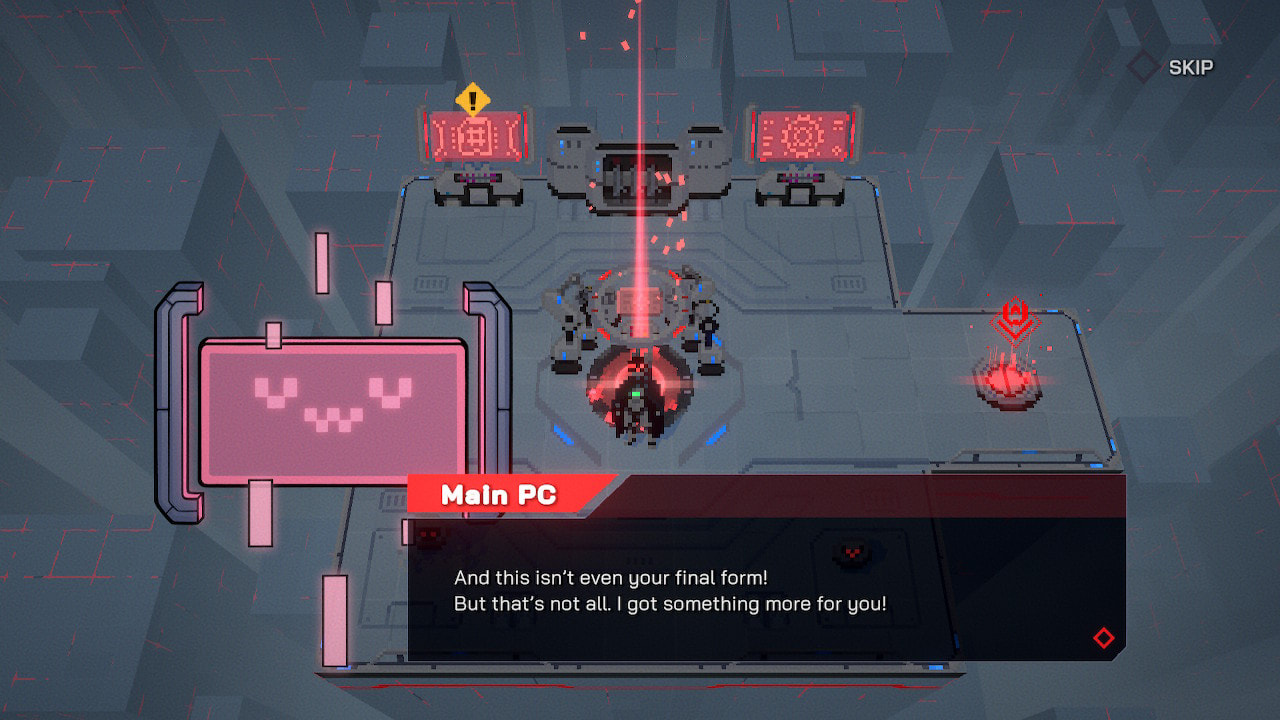
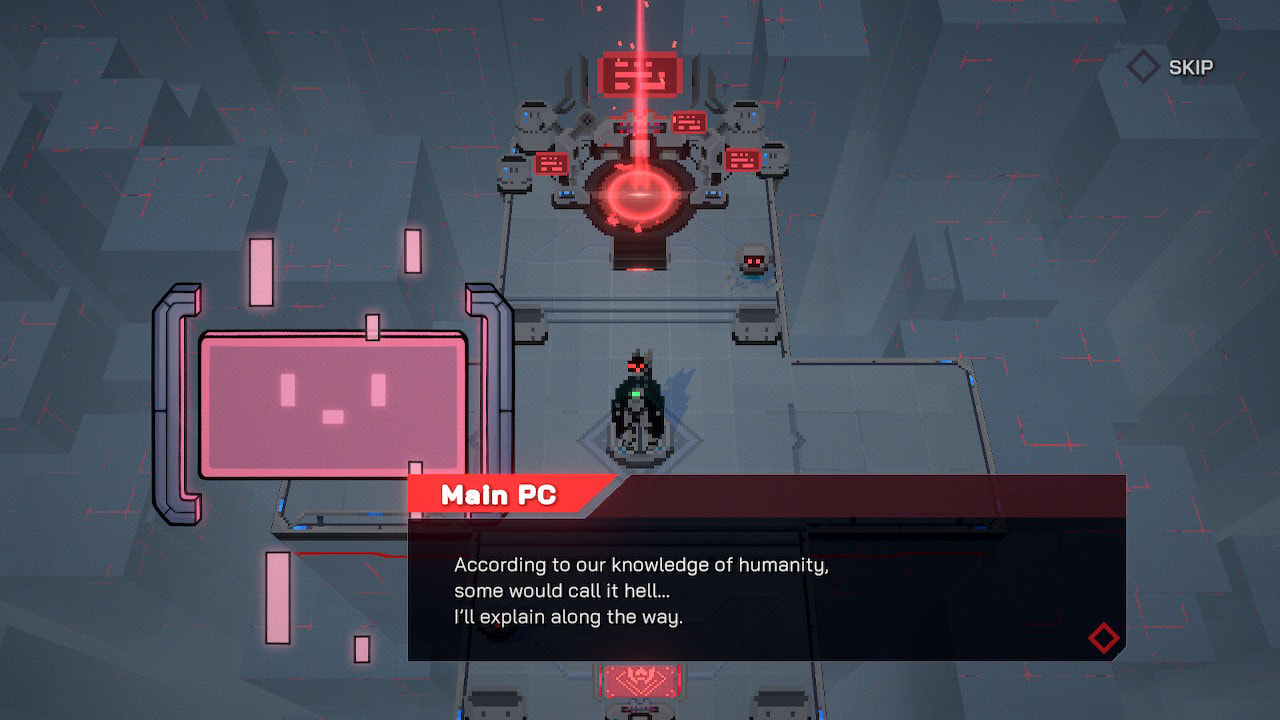

 RSS Feed
RSS Feed